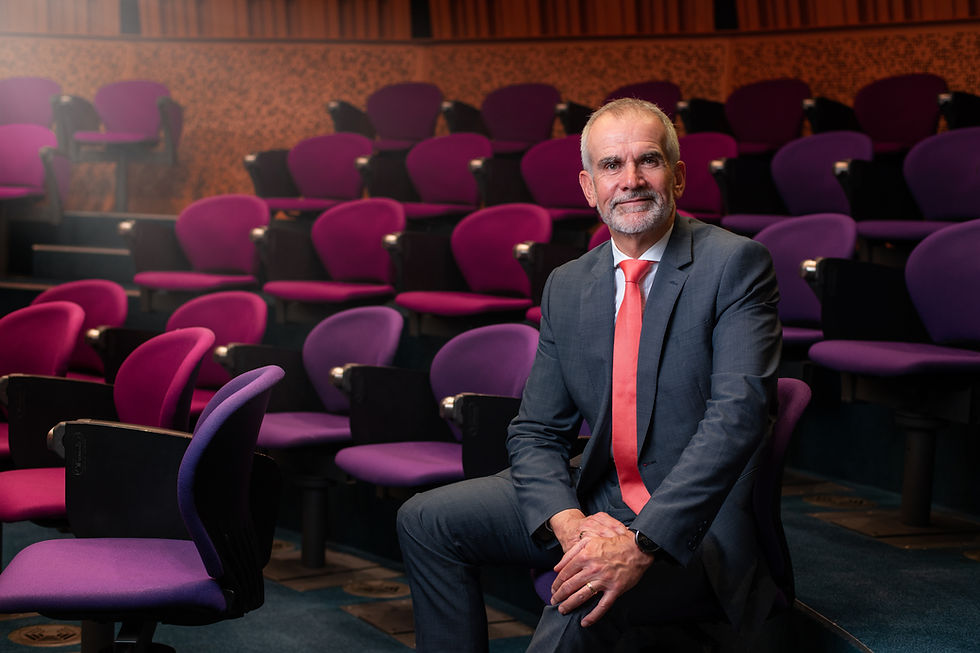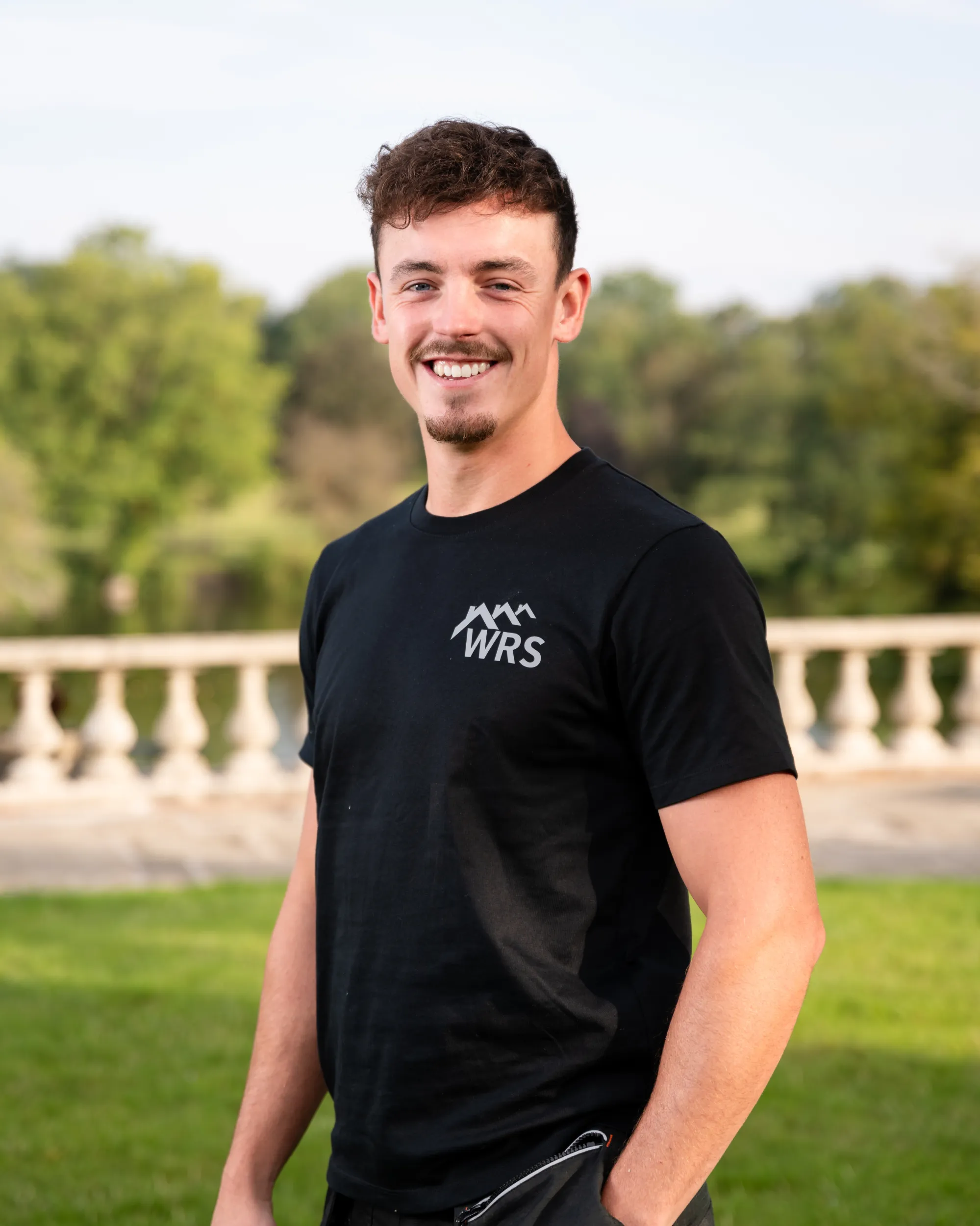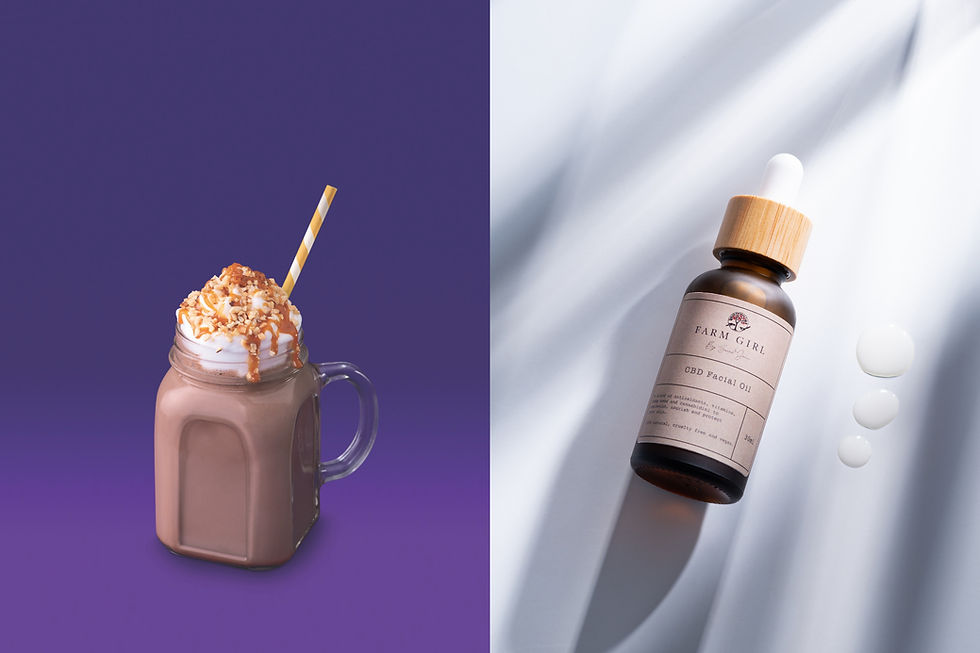What is portrait photography?
- Capture House

- Feb 23, 2024
- 6 min read
People have been creating images of other people for a long time, all for various reasons such as documentation, branding, historic preservation, or simply personal pleasure.
For centuries, portraits have been used to show the power, importance, virtue, beauty, wealth, taste, learning or other qualities of the person. Portraits these days are not much different, they're just a little quicker to create, thanks to a thing called a camera.
Photographers can be hired to photograph individuals or groups of people for any of the reasons above, one of those reasons is branding. Branding is a huge part of business and companies hire photographers to capture portraits of members of their team, which can then be used for marketing, branding, press releases or internal use.
How we photograph people?
The process of portrait photography starts with a conversation with a client, which then defines what the best solution is for that particular brand or person.
Like with any project, a brief from the client is essential so that we achieve a suitable and best possible outcome. The outcome of the shoot will vary on the brand and what the photographs are being used for.
There are a few things to consider what photographing people, these are subject, location, posing, light, and editing.

The subject
When it comes to portrait photography, we want to know who the subject is, what they do, and how they want to present themselves, these details are crucial to capturing the best portrait. When photographing people, it's important to keep them comfortable and relaxed, as not everyone is the same when having their picture taken. Talking about what they do and being a bit humorous can really help bring the best out of people.
On occasion, you may be able to select a subject for your photoshoot and you select a subject that will be the perfect match for your shoot. If you have a subject, you can work with them to select the best mood and style of image for that particular person. Sometimes, the photographer doesn't have the choice of either if the client has specific image requirements.

Location
One of the most important things to consider when it comes to having a portrait taken is the location, studio, or on location are both great choices for different reasons and are both completely different styles. A shot on location can add a story to the images and some background information to the person such as a chef photographed in a kitchen, these images are called environmental portraits. Portraits outdoors that are not environmental portraits can also create for great images where the photographer is trying to portray a particular theme. The world is you backdrop, from lovely, green trees, to moody industrial buildings.
Portraits in a studio are also a great choice and can be a very efficient way of photographing multiple people in a short space of time, keeping the image consistent.
The photographer can be very precise in a studio and control everything around them, whereas on location, you may encounter changing light, wind or members of the public which can all delay the process.
Posing
There are many different poses a person can do when having an image taken. Different poses work better depending on how the image, if we are looking at an image that is just the upper half of their body the hands are not as important and can be in a more relaxed position. Poses can be quite a powerful tool that can express certain emotions. Hand in pocket, arms folded, leaning on a wall hands-on lap leaning forward if the subject is sitting down in a more relaxed position can all portray someone in different ways. The biggest aim is to make the client feel very comfortable when having the images taken. The more relaxed they are, the more comfortable they will look in the images.

Editing
It's important not to overedit corporate portraits. We want the images to look realistic and natural, and to be able to see the faces clearly. A few simple retouches can be made, such as lighting in the shadows and enhancing the eyes, and increasing the sharpness of the image. As a lot of the time, the client will upload these images to their website or their social media platforms, it's important to ensure the size and crop are correct.
It's important to consider the orientation and crop of the images. Different uses require different specifications, a newspaper may have specific image requirements that have to be followed.
Light
Light can have a huge impact on portraits, moody, soft, natural, all great but it depends on what the desired final outcome is. Sometimes natural light can have an effect on the shoot, a very bright day can cause some harsh shadows on the face of your subject. A really quick way to get around this is to either fill the shadows with light or use a diffuser to soften the light on the subject.
Why is portrait photography important in business?
Portrait photography is important for any business because it instantly builds familiarity and trust. The images allow the potential client to warm towards the people they'll be working with, even before they meet, first impressions do count. Professional headshots can also show the business' commitment to quality and professionalism and also reinforce the company's branding and character. Headshots don't all have to be the same, they can be made fun and interesting if that's your brand's identity. People of them think of headshots being "passport photos" like, a head and shoulders portrait against a plain white or grey background but that can easily be changed.
Best equipment for portraits?
Any camera can be used to take a great photo of a person but most professional photographers will be using DSLR cameras. The equipment you use will result in different outcomes and some equipment will be more suitable for certain jobs. It all depends on the image you are capturing, how much space you have, how much light is available, and what you are doing with the image that you have captured.
The space available at your location will determine what focal length you will need to use. Whichever camera you are using, you will need to make sure that your lens is wide enough to capture the image you need. If you have unlimited space, the decision is a creative one. Longer lenses compress the background and the foreground, which may not be the look you are going for.
Low light situations will either need a camera with great low light performance or some sort of lighting setup. A professional photographer will have the expertise to use artificial lighting, flashes or continuous, to make your portraits bright and also which type of lighting to use for the best possible outcome.

What you or the client are doing with the image after the shoot will have a huge impact on the equipment you should use. A portrait of your baby that will end up on Instagram can be photographed using a mobile phone and can have great results, a portrait that will end up on a massive billboard should probably be taken using high-quality, professional equipment so that you can achieve the best possible image quality.
The focal length at which you capture your portrait will impact how a person looks. Wide-angle lenses can be great however they distort the image, doing strange things to an individuals' face. The best focal length to photograph a person is believed to be between 50mm and 85mm. This focal length often looks the most realistic to a human eye. Also, the longer the lens you use, the more it compresses the background and the subject, making the image look very 2 dimensional which also can be a great thing, but this is something to look out for.
In conclusion, any equipment is great, as long as it is right for the job. If you are a professional photographer, a DSLR camera and a 50mm or 85mm lens are great if you want to achieve a great-looking headshot but do bear in mind, lighting and location as these can make or break your images.




















Komentar